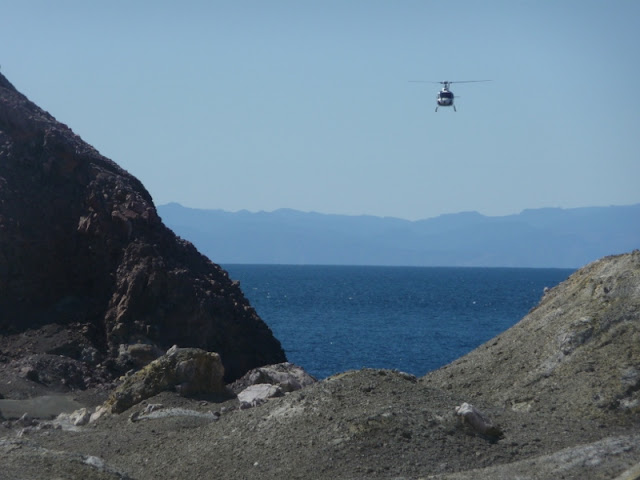 |
| Hump Back Whales in Tonga Waters - photo Chris R Ball August 2015 |
29 September 2015
Today John Key ( Prime Minister of New Zealand ) announced plans for the
Kermadec Trench to become an Ocean
Sanctuary. Several weeks ago we returned from a Tongan Holiday which included
whale watching - Humpback whales who migrate from their Antarctic summer
feeding areas warmer tropical waters such as Tonga for Winter calving. They
travel long distances up largely the
Eastern Coast of New Zealand and through Cook Strait and along the West Coast.
Following calving they return with their young to the Antarctic via along
largely the West Coast of New Zealand.
The
Kermadec from North Island New Zealand
to Tonga provide a migratory corridor for humpback
whales. The Kermadec Trench one of the planet Earth's deepest trenches and its continuation - the
Tongan Trench with its subduction is home to many fish,
turtles and mammals such as Humpback Whale. From time way back and in the
history of settlement in New Zealand they have been part of the many stories
passed down.
 |
| Humpback Whale - Photo Chris R Ball August 2015 |
Anyway on with this
Humpback Whale tale. Saw Tom at the
Supermarket after our return from Tongs.
Now Tom is a very keen fisherman off the shores of Coromandel's Eastern
Seaboard. On hearing of our fortune seeing Humpback Whales with Deep Blue
Diving in Tonga, Tom shared a sighting when fishing a couple of months ago, of
a Humpback whale close to Whangamata Shores. Don't know whether this was one of
those we saw at Tonga. However for the three of us it recalled recent past history memories.
A dead Humpback Whale being washed up on the
Whangamata's Main Surf Beach back in
December 2011. There was another whale stranding on the South Beach, Whangamata
back in the late 1990's near Hinemoa Street. Both the whales from these events
were buried where found. Likewise for those that did not survive in the large
pilot whale stranding further up the coast from Whangamata at Ohui near
Opoutere in 2004. I remember that stranding very well and the joy felt when the
surviving whale took the encouraging help and headed back out to sea on their
journey towards Tuhua ( Mayor Island).
 |
| Island off Ohui Coromandel's Eastern Seaboard 1980's - Photo JM Stewart |
Another such
Humpback was reported stranded and
washed up on the Kapiti Coast at Waikanae Beach
in October 2014. Since people settlement on the coasts of New Zealand,
strandings, wash ups or presence of large sea creatures such as whales,
dolphins and sea elephants has always attracted great interest. In July 2014 a
Humpback Whale visited Reotahi reserve in
Whangarei Harbour feeding on sprats - typical of Humpback for keeping close to
the shoreline on their migratory route they feed on small fish, krill and
plankton.
 |
| Humpback Whale seen from Deep Blue Diving Tonga - photo Chris R Ball August 2015 |
Looking
back in New Zealand's papers online -
Papers Past New Zealand National Library
one can find a number of articles on Humpback Whales.
 |
| Courtesy Papers Past, National Library NZ |
Gone
in recent times of New Zealand's past history
are the days of whalers and sealers who plied these coasts. Now it is
people like us whale watching and in event of stranding or being washed up,
community taking care of these whales.
 |
| Humpback Whale - photo Chis R Ball August 2015
My
mother a DOC Wildlife Ranger with DOC ,organised in 1993 , a mammal rescue seminar at Whangamata. We learned
during this seminar the skills of assisting whales to survive and return to
their sea travels. A rescue group was set up after this seminar, headed by
coordinator Nobby Coxhead. No doubt some will have stories of this to pass down families - a relevant part of the Past NZ History on these coasts of New Zealand.
Mammal Rescue Seminar at Whangamata 1993 - photo HM Stewart
Humpback Whale from Deep Blue Diving - Photo Chris R Ball August 2015
Reference Source:
|























